NGV Triennial heralds new era of contemporary art
With its upcoming Triennial, the National Gallery of Victoria is ushering in a new era destined to revitalise the much-loved institution.
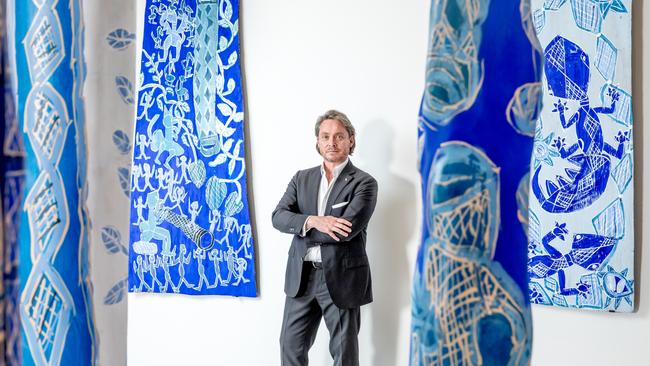
No one could accuse Tony Ellwood of doing things by halves. When he reopens the National Gallery of Victoria’s International wing in December – assuming Coronavirus stays in its pen – it won’t be with a collection-focused exhibition, or a single-artist survey, but with a major show of international contemporary art that will more or less take over the St Kilda Road building.
The NGV Triennial promises to be a showcase of the art and design of our times. More than 100 artists, designers and collectives from 30 countries are taking part. It comprises painting, sculpture, electronic installation, interior design, fashion and photography. There are major new acquisitions, including a 2.5m Jeff Koons sculpture, a super-shiny love magnet called Venus. And the entire exhibition is free.
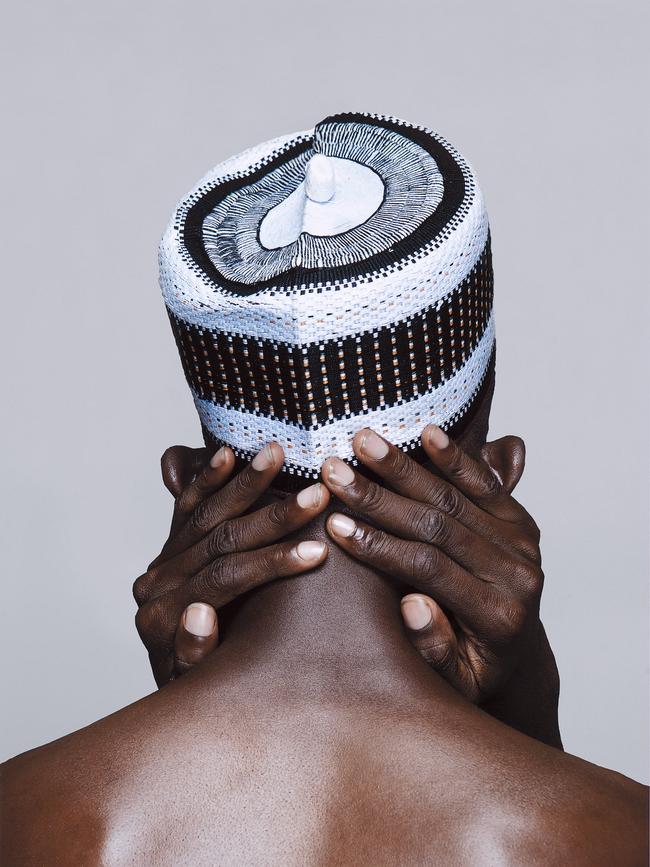
This is the second iteration of the NGV Triennial. The first, in 2017, was the gallery’s most popular exhibition ever, bringing a record 1.23 million people through its bluestone archway. With social distancing rules expected to still be in force in December, there’s no way the 2020 exhibition will be able to accommodate quite as many people. But it won’t be short of Wow.
The Triennial, unlike ticketed exhibitions at the NGV, is not limited to the temporary exhibition spaces but spreads throughout the 12,000sq m gallery. Rooms devoted to its European collections will be reimagined with installations by British designer Faye Toogood and other artists. Renowned Japanese architect Kengo Kuma will create a sensory pavilion within the gallery’s walls, in collaboration with Melbourne artist Geoffrey Nees. The exhibits will spill outside the gallery, into the gardens and the forecourt, and include an installation by Julian Opie of ground-pecking birds, rendered in pictographs like illuminated street signs.
“On every level, it’s huge,” Ellwood says of the Triennial. “It’s probably the largest curated show any gallery has mounted in the country, and this is bigger than the last one in terms of its span across the gallery’s spaces.”
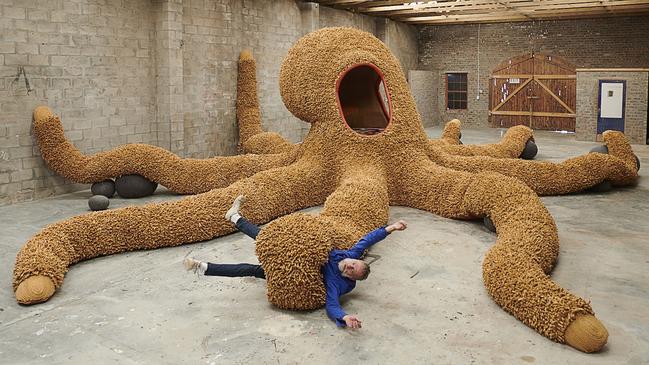
The gallery will manage visitor traffic in line with health regulations, and the fact the Triennial spreads throughout the building will help prevent crowding. Plans have been modified only slightly to ensure people’s safety, Ellwood says, and social distancing may allow visitors the space to contemplate the artworks in relative peace. “The work is dispersed with enormous distances around it, or the big singular statements are in large galleries on their own,” he says. “It’s actually worked really well, a safe environment for this current context. None of the work has been compromised because of the COVID environment – that’s the key thing I’m happy about.”
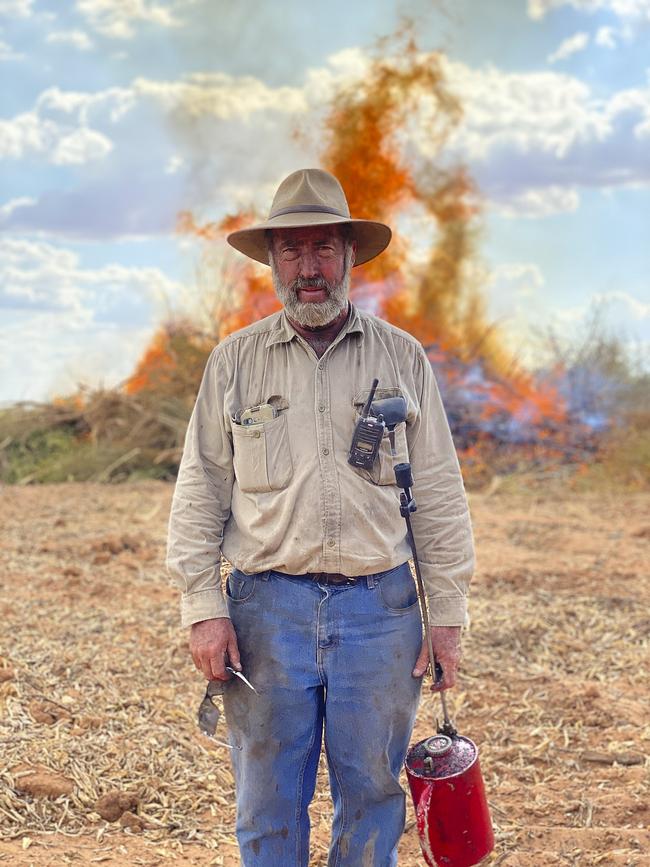
Apart from the immediately exciting prospect for Victorians, and hopefully for interstate visitors too, of getting inside the nation’s most popular art gallery, the 2020 Triennial is an important strategic stepping-down in Ellwood’s ambitions for the institution. Since his return in 2012 to the gallery where he spent part of his earlier career, he has remade the NGV’s range of exhibitions, the compass of its collection, public programs and publications.
The first major sign of his plans was the Melbourne Now exhibition in 2013, a kind of precursor to the Triennial. Proposed as a snapshot of the city, it brought fine-art disciplines, avant-garde installations and creative design together in one exhibition. A centrepiece was a large gallery wall, at the NGV Australia wing, where design objects were arranged in a glorious choreography of moulded plastic and other materials. With free admission and a lively program of events, Melbourne Now involved almost 400 artists and attracted 700,000 people.
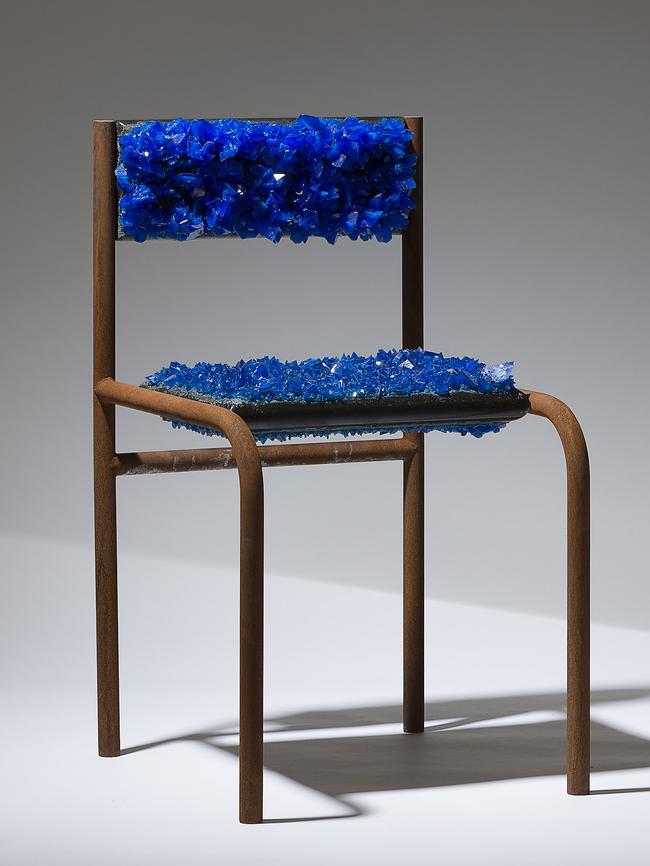
The inaugural NGV Triennial pushed the gallery’s ambitions further, and nailed them to the mast. The gallery has the finest collection of old master paintings in the country; contemporary, international art was not really a reason to visit. The Triennial signalled that the grand old NGV was now a player in the visually seductive, high-stakes game of acquiring and building a collection around the global art of our time. One of its signature exhibits was an installation by Australian artist Ron Mueck of 100 oversize human skulls – occupying the same gallery where Cleopatra usually holds court in the famous painting by Tiepolo. About 80 per cent of the works in the 2017 Triennial, including Mueck’s, were commissioned or acquired, supported by a monumental fundraising.

The staged exhibitions and collection-building are all pointing towards a planned extension of the gallery, a new stand-alone wing for contemporary art. NGV Contemporary will be built on the site of the former Carlton & United Breweries offices behind the NGV on Southbank Boulevard. Victorian premier Daniel Andrews announced the project two years ago as part of a massive redevelopment of the Southbank cultural precinct. An initial $208 million was promised, and the project is estimated to cost $1 billion. When complete it will be the largest purpose-built gallery for contemporary art in the country. Ellwood says essential preparatory work, including a design brief, has been under way, but the pandemic appears to have put those plans on hold, at least for the time being.
The NGV Triennial is an important statement of intent for the new gallery, and Ellwood is clearly playing a long game. He says the Triennial is not about replicating other exhibitions, such as the long-running Biennale of Sydney, or the Asia Pacific Triennial at Brisbane’s Queensland Art Gallery / Gallery of Modern Art, where Ellwood was director immediately before his return to Melbourne. Instead, the Melbourne exhibition will set its own agenda while being part of a bigger conversation.
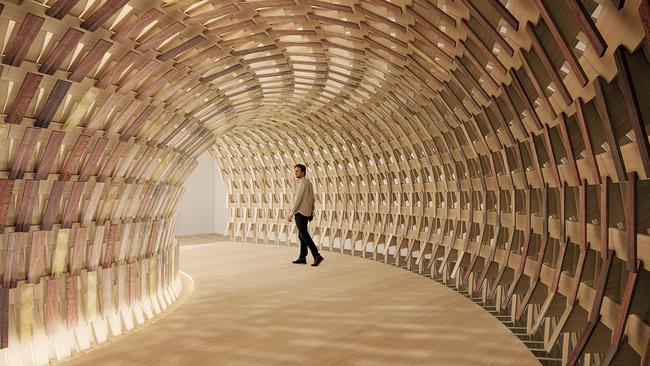
Of the participating Australian artists, Ellwood and his curators have largely avoided the well-known names he says, and have selected works with an element of surprise. Among them are Melbourne photographer Atong Atem, born in Addis Ababa, who explores migrant stories of the African diaspora; industrial designer Jonathan Ben-Tovim, who has created a soft sculpture using vehicle airbags; and photographer Yanni Florence, who has produced portraits of commuters seen through tram windows.
“We didn’t want to do anything that was too predictable or was a parody of something international,” says Ellwood. “We really wanted artists who could stand their own ground, artists who would not have been obvious.
“The Triennial is an opportunity to give artists a great profile, this kind of air space and international context.”
The director is especially proud of the work of Dhambit Munuggurr, who has reinterpreted the bark painting tradition of northeast Arnhem Land by using blue paint instead of natural ochres. Ellwood recalls visiting Munuggurr at the Buku Larrnggay Mulka Centre in Yirrkala and his surprise at seeing her vividly coloured barks. He explains that she was motivated to switch to acrylic paint after a car accident left her unable to gather ochre pigments from the country. The gallery has commissioned an immersive installation by Munuggurr comprising 15 large barks and nine larrakitj poles that Ellwood describes as “profoundly beautiful”.
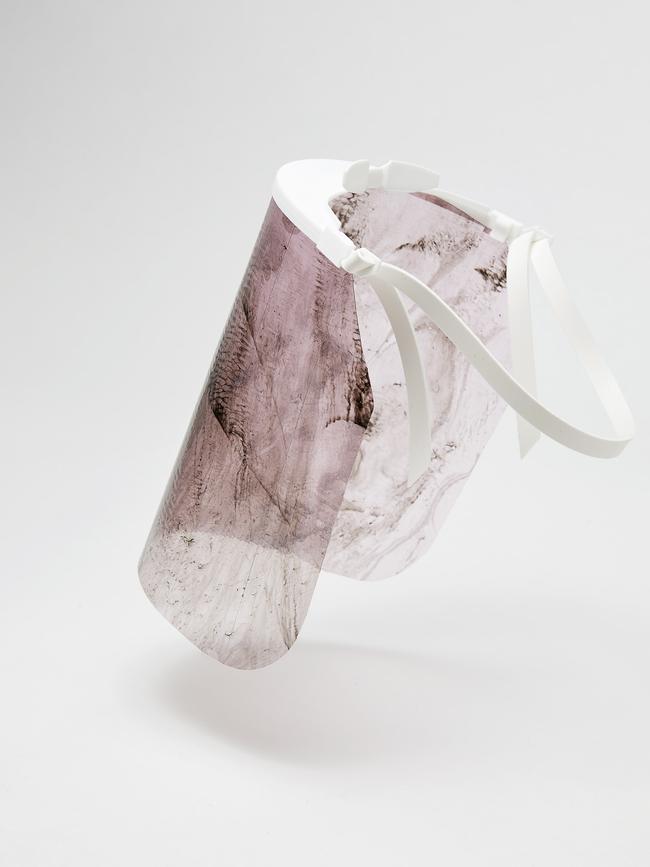
The international artists include Germany’s Alicja Kwade, whose geometric, minimalist sculptures create unexpected illusions; South African designer Porky Hefer, who has created an enormous soft-sculpture octopus, 14m tentacle to tentacle; and Wales’ Cerith Wyn Evans, whose neon aerial sculptures are described as drawings with light.
Koons’s Venus will be a highlight, not least for its scale and dazzling construction. It is based on an 18th-century porcelain figure of the goddess, but reproduced at a much larger scale in mirror-polished stainless steel. Ellwood says a major piece by Koons is not yet represented in an Australian gallery – the floral Puppy sculpture that came to Sydney in 1995 as one of John Kaldor’s public art projects is now at the Guggenheim Museum in Bilbao. The Triennial is an occasion, Ellwood says, for the gallery and generous benefactors to bring such a work into the collection. “It’s not as though we are running around trophy-hunting,” he says, “but every now and then we have to raise the stakes and the ambition to go after those trophies. There are whole generations [of artists] we’ve missed in the past. I needed to make sure that some of these really central figures did come into our collection with a major work.”
Ellwood led a small group of potential donors on a visit to Koons’s studio in New York when they were considering an acquisition, including NGV trustee Leigh Clifford and his wife Sue. Clifford, an engineer, says he was impressed by the precision engineering that Koons employs in the fabrication of his elaborate pieces.
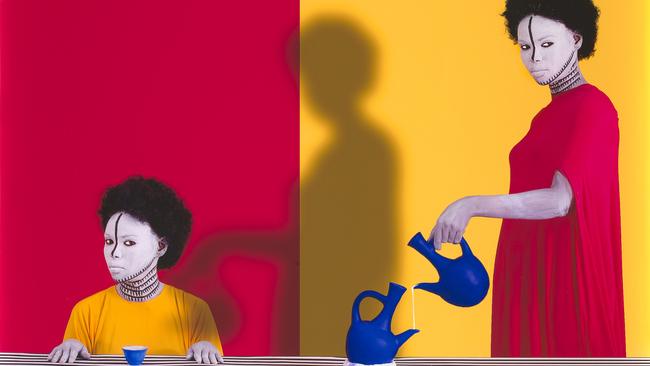
The Venus acquisition has been supported by Leigh and Sue Clifford, the Loti and Victor Smorgon Fund, John Higgins and Jodie Maunder, Paula Fox and the Fox Family Foundation, and the Professor AGL Shaw Bequest.
Leigh Clifford says Venus and other acquisitions of contemporary art help make the argument that the NGV needs a new gallery in which to house its growing collection.
“You can’t go on forever collecting contemporary art that you can’t display,” he says. “We believe there is enthusiasm within the government for building a contemporary gallery, and they have acquired the land. But this COVID issue has probably complicated things. But if we build it, it’s certainly going to create jobs and ultimately improve the prospects of visitation.”
While the price of the Koons has not been disclosed, total donations for acquisitions for the NGV Triennial amount to more than $10 million. They include support from Melbourne couple Barry Janes and Paul Cross for a large-scale digital installation by Los Angeles-based Turkish artist Refik Anadol called Quantum Memories that is powered by artificial intelligence.
While the NGV Triennial in a pandemic year will necessarily be seen by fewer people than in 2017, Ellwood says the visitor experience will be no less involving. The exhibits will come with scannable QR codes that provide links to information about the artists. There will be a public program of events, although the logistics are still being worked out. And there is a Triennial publication – herculean in scale and comprising five volumes – that sets out the exhibition’s themes of illumination, reflection, conservation and speculation.
Ellwood sees the pandemic not as a downer on his ambitions for the NGV but as an opportunity to be entrepreneurial, to find creative solutions. When the gallery finally opens its doors with the Triennial exhibition on December 19, it will end a closure that has lasted for nine months, apart from a 12-day window when it reopened in June. “Many people are just dying to get back in there,” Ellwood says. “They see it as part of returning to normal life. It’s a place they identify with, they feel it’s safe and welcoming. People are very emotional about the idea of us reopening.”
The NGV Triennial is at the National Gallery of Victoria, Melbourne, from December 19 to April 18
-
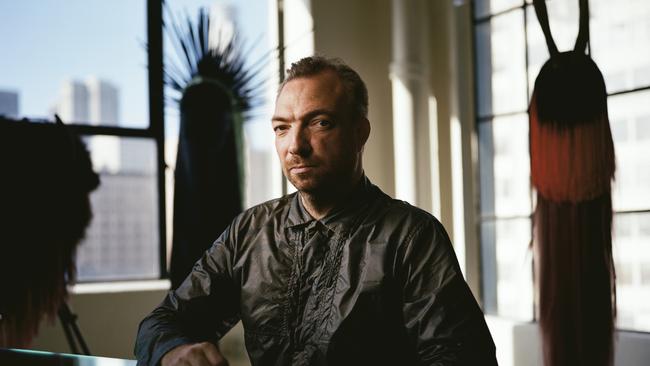
METROPOLIS NOW
One of the signature projects of the NGV Triennial is a short film titled Planet City, by the Australian film director and speculative architect Liam Young.
The 15-minute science fiction film presents an alternative urban future in which urban sprawl is reversed and humanity retreats together into one densely populated city of 10 billion people.
Young based the creation of the city depicted in the film on extensive research and real-world science developed by a global think tank of advisors and collaborators, and drew on present-day technologies and architectural approaches.
“Planet City is an ongoing speculation on what might happen if we radically reverse the sprawl and retreat from all our existing countries into one hyper-dense metropolis housing the entire population of the earth,” he says. “This is the world collapsed into a single city, a microcosm of the planet that may allow us to return the rest of the world to a global-scaled wilderness.”
The work, he says, is designed as a provocation and an experiment in possibilities. “It’s not a plan for direct implementation, but rather an imaginary city that asks us to visualise the necessary systemic and lifestyle changes that may be required in order for the planet to continue to support human life.”
Young, who has taught at the Architectural Association at Princeton University, calls himself a speculative architect because, he says, our perception of the world is largely shaped through fiction and architects need to change their model of practice to remain relevant, “and that is really about telling stories about how they operate. Speculative architects mostly create narratives about how new technologies and networks influence space, culture and community.”
Mercedes-Benz, which has been associated with the NGV for 13 years and is the principal partner for the Triennial, also partnered with Young to produce the film as part of its commitment to achieving a sustainable future.
- David Meagher
